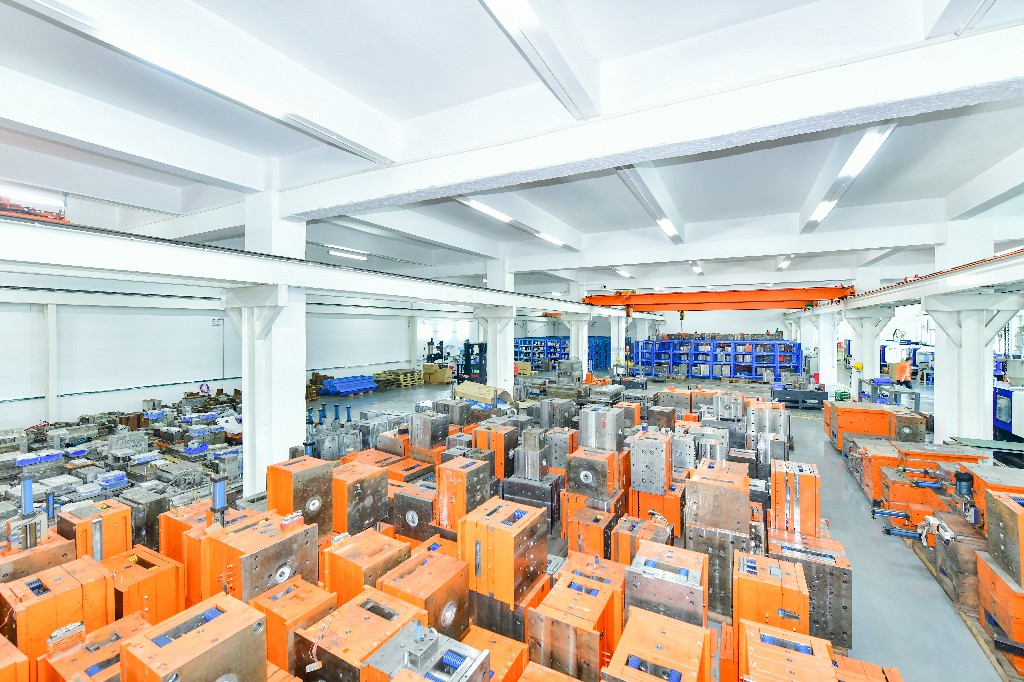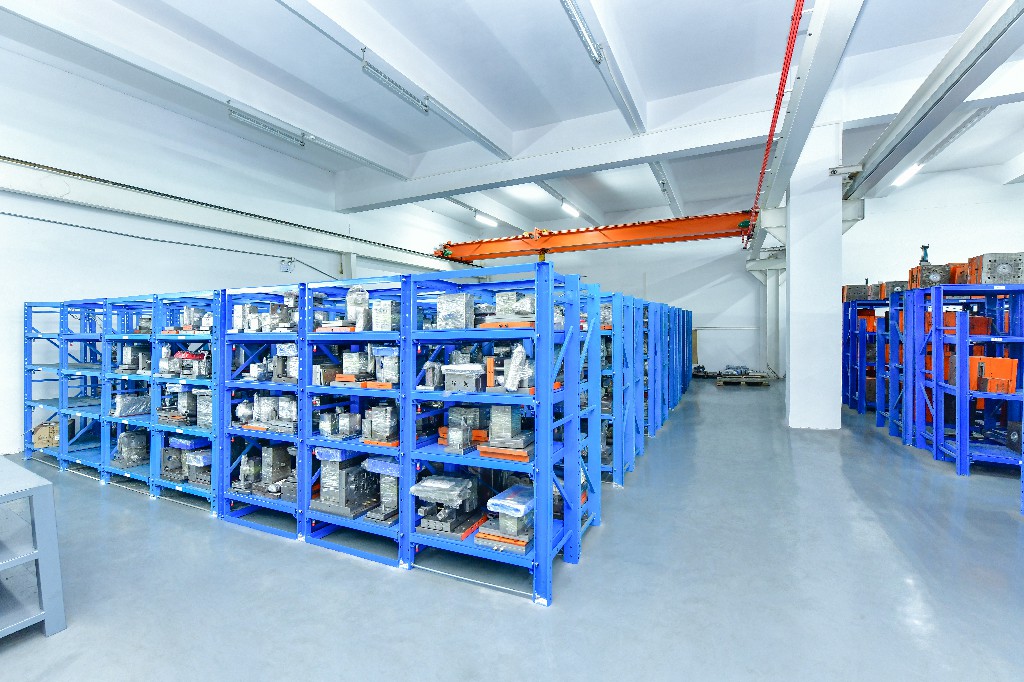
Hord Rapidtools has been maing rapid tooling since 2013, which not only has rich experience in controlling tolerance, but also can ensure the quality of parts and short delivery time.
How to control the tolerance? We think that we should pay attention to some factors in the rapid tooling design and manufacturing process.
How to control the tolerance? We think that we should pay attention to some factors in the rapid tooling design and manufacturing process.
1. Mold base
Rapid tooling is the different from production tooling, it need to work out in a short lead time and lower cost as general customer expected. Before September 2016, almost our rapid toolings used mold base similar as MUD of DME, but we found that this kind of mold base is not good for controlling tolerance and saving the cost of tooling. Therefore, we developed the Hord Rapidtools standard Moldbase, which is better to guarantee the precision of rapid tooling and save 10%-30% of cost on the mold base.

2. Tooling design
Even on our rapid tooling, there are still a lot of locating components or design to make sure the tooling fitting stable and guide exactly, interlocks, guide pins etc. applied as production mold on our rapid tooling.
3. CNC machining process
Our rapid tooling machining generally is same as production molds, it need to be machined out to exact dimension as designed drawing. for some critical dimensions, we keep safety steel for adjustment after the first mold trial T1.
4. Make sure to run with the correct molding parameters.
Our guys almost were required to follow up the data sheet of resin to run, make sure the temperatures, drying, etc. in a proper range.
-q4gvl4k29y4hq8j9rjpapvj0ft06fje63olt7p210i.png)


